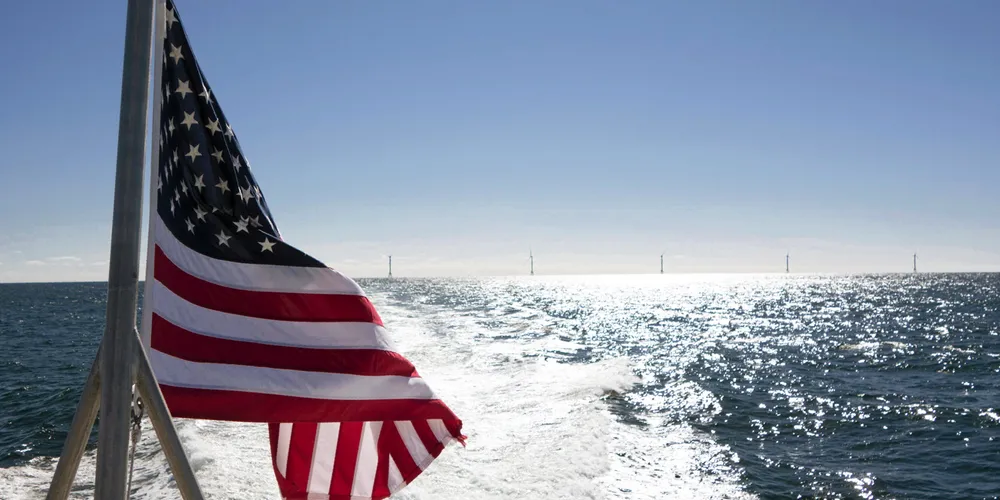Nerves and steel for US wind, offshore vessels raising bar, and hydrogen off to a flyer
AGENDA | Our curation of the must-read news and analysis from the-week-that-was in the global renewables industry

AGENDA | Our curation of the must-read news and analysis from the-week-that-was in the global renewables industry
